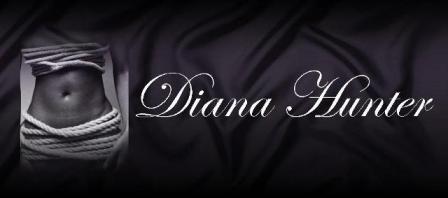In reality, I won't change their rooms up -- yet. They still come home for vacations and summers. Even though they're spending the majority of the year away, they each still need to feel that this is home. And it will be for a little while yet. With any luck, my daughter will get an internship this coming summer as a stage manager (anyone have connections with a theatre? Calling all internships!). When she does, she'll live away more than here for the first time. It's an adjustment, that's for sure!
While doing all of the above I managed to read only one book, The Sunne in Splendor
The Sunne in Splendor ostensibly is about Richard III, who, according to her research (and mine when I looked to verify her overall take on him), isn't such a bad guy after all. Shakespeare wrote from the winner's perspective and since the Tudors overthrew the Plantagenets and Elizabeth I was a Tudor, I can understand him wanting to make Richard III a terrible, evil man.
But like all history, there are two sides. This book tells the story of Edward (Richard's brother and king before him) and Richard. A family tree at the start of the book would be helpful (note to publisher to add that in future editions) because there are so many of them named the same names. Originality wasn't a strong suit; family ties were prominent.
Overall, I recommend it as an easy way to learn about the people and the time period. She intersperses customs (those newfangled forks make an appearance) with historical events, family squabbles and everyday happenings. Along the way you come to care about Richard and want to know what happened to him. I had to slap my hand more than once when I got impatient and wanted to skip to Wikipedia and get the bare facts. It was worth the wait, although I would've liked a first-person account of Richard's ending rather than the second-hand information she presented after the fact.
The book takes some time to get through. It's 931 pages in paperback. If you like historical fiction, it's a good one.
Okay, off to figure out what to do with my days now that I only have two social calendars to keep track of (my husband's and mine)...
Play safe!
Diana

No comments:
Post a Comment